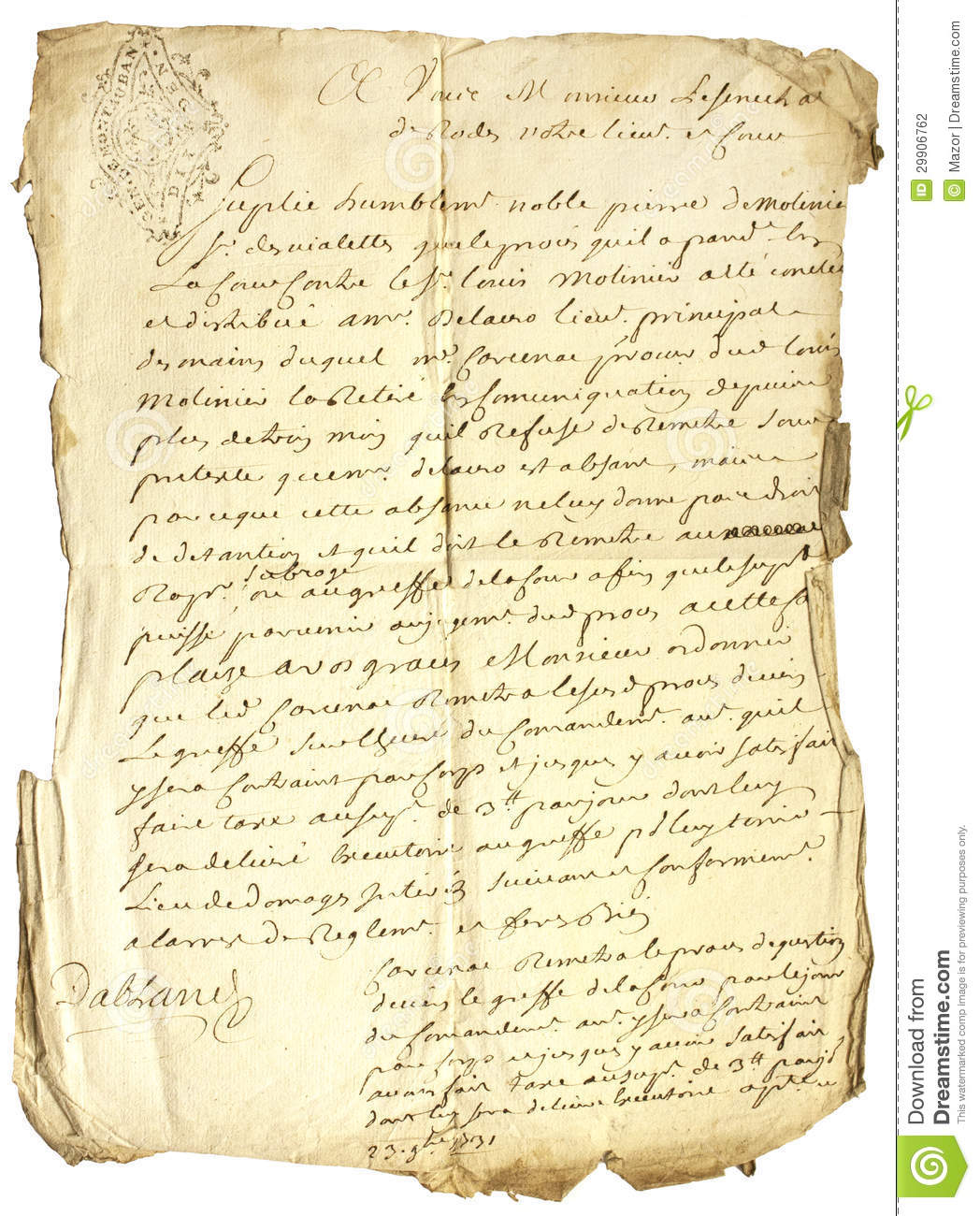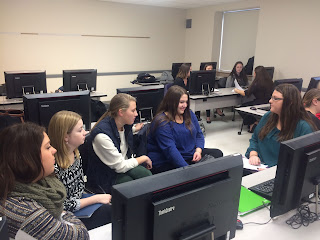I recently presented a Native American Tribe project with my group. We were given the Tlingit tribe to research. I had not heard of this tribe prior to this experience, but was very intrigued to learn more about it. The main theme of this assignment was the impact that geography has on the tribe. The information that we researched was the geography, history, habitat, food, clothing, famous people, and culture of the tribe. Through this assignment, I learned that there are 5 themes of geography. They are location, place, region, movement, and human-environment interaction. As always, my group worked very well together, and the contribution of ideas and efforts was very evident. Working with a group was very helpful with this project, due to the amount of information to be researched. Each member of the group took a different topic to research, which really allowed the presentation to come together. The presentation went very well, and the group was very confident and proud of our work. I think it is important that students learn about different tribes in order to earn a better understanding of the diverse culture. I think that this could be a really fun topic to learn about for kids. In my future classroom, I would make this a major project and have the students dress up and
perform different cultural routines of their tribe. I would also encourage all of the students to make the connection that geography has a major impact on people, including the elements of the tribe that were discussed (food, clothing, culture, etc.). The Tlingit tribe was located in the Pacific Northwest, along the Southern Alaskan coast. This geographic location impacted their life. Since it was a cold region, their clothing was warmer and their habitats incorporated a hole in the roof for smoke from a fire to escape. They were located along the water, so it was optimal for trading, and their main source of food was salmon. In future classrooms, I would incorporate an assignment in which the students think about the different ways their geography affects their everyday lives. Learning about the Tlingit tribe was a really fun experience!Live Love Teach
Friday, December 18, 2015
Tuesday, December 15, 2015
That's all folks
I can't believe my journey in Social Studies Methods is coming to an end. Through stressful, sleepless nights, numerous blog posts, a plethora of presentations, and countless pluses and wishes, I have learned so much. Out of all of my methods classes, this has truly been the most helpful. I feel that I have grown so much as a teacher and will never forget the experience I had both in the class and in the fieldwork sessions. This class pushed me out of my comfort zone and I will be forever grateful. I became confident in front of a classroom of students, and watched lesson plans I helped create, come to life. It was really an amazing experience to teach a class and see the lesson plans and activities unfold. This class taught me the importance of working in groups, and using your peers/colleagues as resources. Through this class I learned extensive ways to create the three types of lesson plans. I had not known the elements of direct, inquiry, and cooperative lessons. I had not been knowledgable about Bloom's Taxonomy, the JigSaw method, 5 themes of geography, pedagogical content knowledge, the list goes on and on. I was given resources and tools that will be an immense help in my future endeavors. This class was definitely the most difficult and stressful class that I have ever taken, but it was all worth it in the end! Thank you for the experience Dr. Smirnova!
Wednesday, December 9, 2015
Classrooms of the Future
The video "Classrooms of the Future" discusses the importance of students being equipped with the knowledge of how to use technology. Pennsylvania spent $200,000,000 to provide every high school student with a laptop. It is believed that every student who leaves high school, should have the information necessary on how to use and work with a laptop. At an event, one attendee asked a panel of presenters "How are laptops changing instruction?" The panel responded by revealing that technology offers a way to differentiate the instruction for each and every student, in a way in which they were unable to do so before. Technology is a huge part of the lives of today's students. We live in a world in which we can not imagine technology without, so why wouldn't technology be incorporated into the classroom? Technology has become an important tool used to engage the minds of students. Technology is very prevalent in everyday life, so it is important that teachers treat technology as another skill they need to better equip their students to enter the "real world." In the video "Changing Education Paradigm," Sir Ken Robinson states "The current education system was designed and conceived for a different age." I find this statement to be very true, and that the education system should always stay up to date and current. This is why teachers need to involve technology in their classroom, because it is a very current method of learning and acquiring information.
Tuesday, December 8, 2015
An Administrator's Perspective

Today was our mock interview in Social Studies Methods. I was one of four people chosen to become an administrator in this role play interview. I was excited to have been chosen as an administrator, but also nervous. The idea of having to stand up in front of the class and act as such an important figure of a school, was a very nerve racking idea. I was nervous that I wouldn't come off as professional and would mess up somehow. However, the interview process went great despite my nerves. I pretended to be a principal at the School of Discovery. I had graduated from Mount Saint Mary College with my Bachelor's Degree in Mathematics, and a certification in childhood and special education, as well as a Hispanic Studies minor. I then proceeded to further my education and received my PhD from Harvard University. It was really fun to take on such an important goal, and to see myself with the title of "Doctor." Committing to this role really allowed me to see the potential I have to continue with my education. The limits are endless! My school was centered around inquiry based learning. As an inquiry based learning school, we strive for students to build understanding from information, and encourage them to be intellectually active participants. We focus on inquiry skills development of creative and critical thinking, finding patterns and relationships, focus, and contextualization. Our learning goals consist of engagement, understanding of content, and skills of independent learning. The questions I asked the interviewee's were "what is your philosophy of education?," If you could describe information processing model in one word, what word would you choose and why?," "The 5 E's are essential elements to incorporate into an inquiry model lesson plan. If I entered your classroom during your inquiry lesson on "economics" what would I observe?," "How does the inquiry method help you to encourage class engagement/participation?," and "How would you turn a traditional assignment of "write a paragraph/essay describing the animal you have researched," into an inquiry based/authentic assignment?"
I was honestly very impressed by a number of the responses from my colleagues. It is very hard to think on the spot, let alone to think of a good answer on the spot. I felt that there were some great answers, and that many of the answers were ones I had not thought to include. On the other side, there were some colleagues that had obviously not come prepared, and cracked under pressure. I also experienced the hot seat, and became the interviewee. I was able to feel the pressure of thinking of responses to questions on the spot, but was able to use all my experience and knowledge from this course as well as others, to come up with thoughtful responses. At the end of the interviews, the administrators came together to decide to "hire" one person per group. This was very hard for me as well as my fellow administrators to have to really reveal the "rights and wrongs" that were performed during the interview process, as well as to choose the best person amongst our close colleagues. This experience allowed me to earn a sense of what a real interview for a teaching position is like. I am really glad to have had this experience, because it is very relevant right now especially just having had student teaching interviews not too long ago. I'm glad to have had such a positive mock interview experience!
Integrating Economics in the Classroom
When thinking about economics in the classroom, one doesn't usually think elementary school. However economics can be incorporated into everyday learning in the lower elementary levels too! "Economics is the study of the production and consumption of goods and the transfer of wealth to produce and obtain those goods. Economics explains how people interact within markets to get what they want or accomplish certain goals." Economics is a part of everyday life so it is important for students to become acquainted with the concepts of economics early on, and for teachers to explain to students the real life application to what they are learning. Integrating economics in the classroom can be accomplished by teaching students about career education, history, consumer education, community studies, and geography. By learning through these concepts, students earn an understanding of the importance of economics through a variety of topics. It is essential for students to understand these concepts to be a successful member of society, and to learn how the economy works.
Teachers can develop engaging economics lessons such as creating a school store. Incorporating a school store into the classroom allows students to take on different roles, and manage finances in a real world situation. Something as simple as buying groceries, serves as a great example of economics at work.
Another method that teachers can use to engage students is Skyping with other classrooms around the world to encourage students to explore other economies and lifestyles. Sometimes students need to be reminded that there are places around the world that live very differently than we do. By incorporating these different methods of integrating economics, students will be equipped with the knowledge they need for success!
Teachers can develop engaging economics lessons such as creating a school store. Incorporating a school store into the classroom allows students to take on different roles, and manage finances in a real world situation. Something as simple as buying groceries, serves as a great example of economics at work.
Another method that teachers can use to engage students is Skyping with other classrooms around the world to encourage students to explore other economies and lifestyles. Sometimes students need to be reminded that there are places around the world that live very differently than we do. By incorporating these different methods of integrating economics, students will be equipped with the knowledge they need for success!
Thursday, December 3, 2015
If I Could Turn Back Time...
The class recently engaged in a artifact bag project. The class began by Dr. Smirnova presenting her artifact bags to the class through a PowerPoint presentation. Each group received a different artifact bag with various artifacts. My group had three items. One of the items was a red "book", that contained a language we were unfamiliar with, so we used Google Translate to assist us in discovering the meaning behind the letters. The text was in Russian, and we discovered that this document was a diploma awarded to Lyudmila Smirnova, from the International Teachers Training Academy of Science. She was awarded this diploma after successfully completing her training on November 9, 2005, in Russia. The next artifact was an intricate black box with flower details. Inside the box was a jeweled American flag pin. We thought that maybe the box was also from Russia, considering that the diploma was. We knew of Dr. Smirnova's Russian descent, so we concluded that this was a symbolic representation of how Dr. Smirnova incorporates both American and Russian culture. This was harder to discover the meaning behind, so Dr. Smirnova revealed to the group that this pin was given to her by the division of education when she was granted her citizenship. The next artifact was a polaroid picture of an older woman smiling for the camera. She was wrapped in a shawl, that was tied around her head. We discovered that this was Dr. Smirnova's grandmother, and that the photo was taken by Dr. Smirnova with the first polaroid camera brought to Russia, in order to celebrate her grandmother's birthday. We concluded that the mystery person was Dr. Smirnova, considering that each artifact bag directly related to her. It was really interesting to gain a better insight into Dr. Smirnov's past, and to be able to see primary sources from Russia. Now that Dr. Smirnova modeled the activity for us, we were better able to prepare and plan our artifact bag projects. I decided that my missing person was going to be Henry Hudson. This was an important explorer from the unit plan I taught. I decided that my first clue was going to be a letter from Henry Hudson's to his wife Katherine. The letter talks about how he missed home, and his family, but that he is enjoying his journey with his son John. I was hopeful that the students would be able to look up the date and research the names Katherine and John, and discover that Henry Hudson traveled with his son John on his expeditions. The next clue was a compass with the initials H.H. Henry Hudson was a explorer, who spent much of his time out at sea. He seemed to find the Northwest Passage, so a compass would guide the students to believe he needed such a tool to help him in his journey. The next clue was a flag. The students were to look up the flag, to discover that it was a Dutch flag from New Netherlands. The Dutch had sent explorers, including Henry Hudson to find the Northwest Passage. The last clue was a feather. Although Henry Hudson did not find the Northwest Passage, he did claim the land along the river he sailed. Upon claiming this land he came in contact with Lenni Lenape Indians. With all of these clues, the students should have inferred that the mystery person was the explorer Henry Hudson. I would definitely use this activity in the classroom. It is a really fun way to engage the students in learning about a historical figure. This can be used many times for many different topics. The students worked together to solve a problem using the scientific methods, and achieved a common goal. Here is the link to my PowerPoint presentation!





Sunday, November 29, 2015
Choosing to be Grateful at Times other than Thanksgiving
I recently read a New York Times article titled "Choose to be grateful. It will make you happier" by C. Brooks. This article discussed the author's recent Thanksgiving experience with relatives in Barcelona. While in Barcelona he served a little American culture and discussed the meaning behind Thanksgiving. The relatives asked many questions, and brought up a good point by asking if people still celebrate the holiday even if they do not feel grateful. Brooks then goes into detail about how choosing to be grateful can in fact make a person feel more grateful. This reminded me of an event I just participated in through the school's Beginnings in Psychological Science (BIPS) club. BIPS held a Science of Happiness Workshop at the school for different Girl Scout troops to be able to earn their science of happiness badge. At the workshop we discussed the different ways people can promote happiness in their lives. One thing we discussed was that giving to others and pointing out the little things in everyday, make us happy. So it is not just around Thanksgiving that one should express their gratitude towards others. People should live their everyday lives, grateful for all that they have and all that there is in this world. As an aspiring educator, I am grateful for the opportunity to gain an education and educate the minds of the future. I will teach my future students to cherish all they have everyday by expressing gratitude to their peers, faculty members, nature, etc. It is important to take the time to be grateful to increase a positive outlook on life, and as the article says, it will overall increase a person's happiness b choosing to be grateful. Whether it is expressing gratitude to the teacher that spent a few extra minutes after class to further explain a difficult concept, or taking the time to appreciate the beautiful nature around you, one should always be grateful, and in return your happiness will thank you.
Subscribe to:
Comments (Atom)














